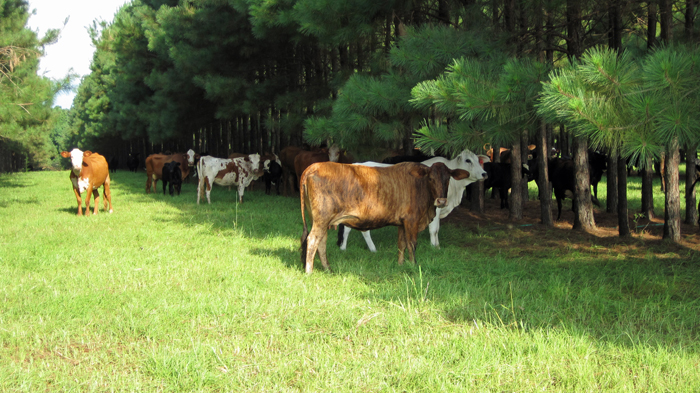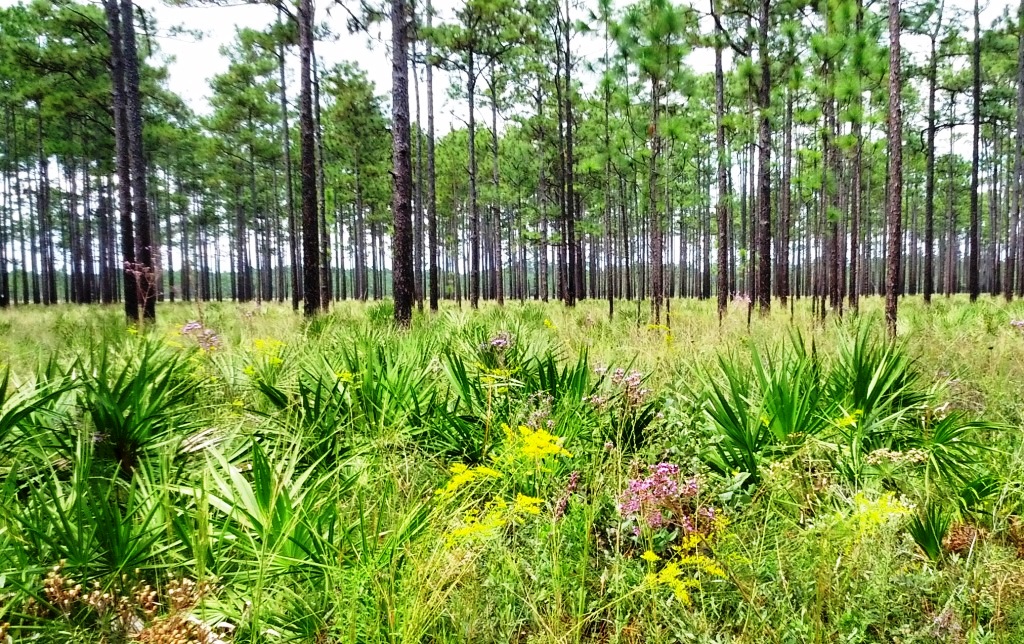by Mark Mauldin | May 8, 2015
We are well into spring and a wide variety of plants are showing off their colorful blooms. As lovely as most of the blooms are, some springtime colors are an unwelcome sight. Such is the case with the showy, white seedhead that is produced by Cogongrass (Imperata...

by Michael Goodchild | Jan 30, 2015
Silvopasture is an agroforestry practice where a combination of trees, forage, and livestock are jointly managed to optimize production of all three. The term “silvopasture” means “forest-pasture,” where “silvo” is derived from a Latin word that means...

by Judy Biss | Oct 10, 2014
Steeped in history, the majestic longleaf (Pinus palustris) is an economically and ecologically important tree species of the Atlantic and Gulf coastal plains. Its species name “palustris” means “of the marsh,” and although it is commonly associated with sandy,...
by Les Harrison | Oct 10, 2014
A newly released UF/IFAS publication, “An Overview of Carbon Markets for Florida Forest Landowners,” reviews options for forest land managers, who are seeking a new source of revenue. It comes on the heels of a June 2, 2014 U.S. Environmental Protection Agency (EPA)...
by Michael Goodchild | Jan 25, 2014
Pine tree thinning is a key management practice that can increase the long-term productivity and profitability of a timber stand. Thinning is a partial tree harvest of inferior trees in an immature stand used to accelerate the diameter growth of the superior trees...
by Peter C. Andersen | Jan 17, 2014
The American chestnut (Casteneae dentata) was once the most dominant hardwood species in North America until the introduction of the Chestnut Blight fungus (Cryphonectria parasitica) which ultimately destroyed over 3 billion trees. The first European settlers found...


